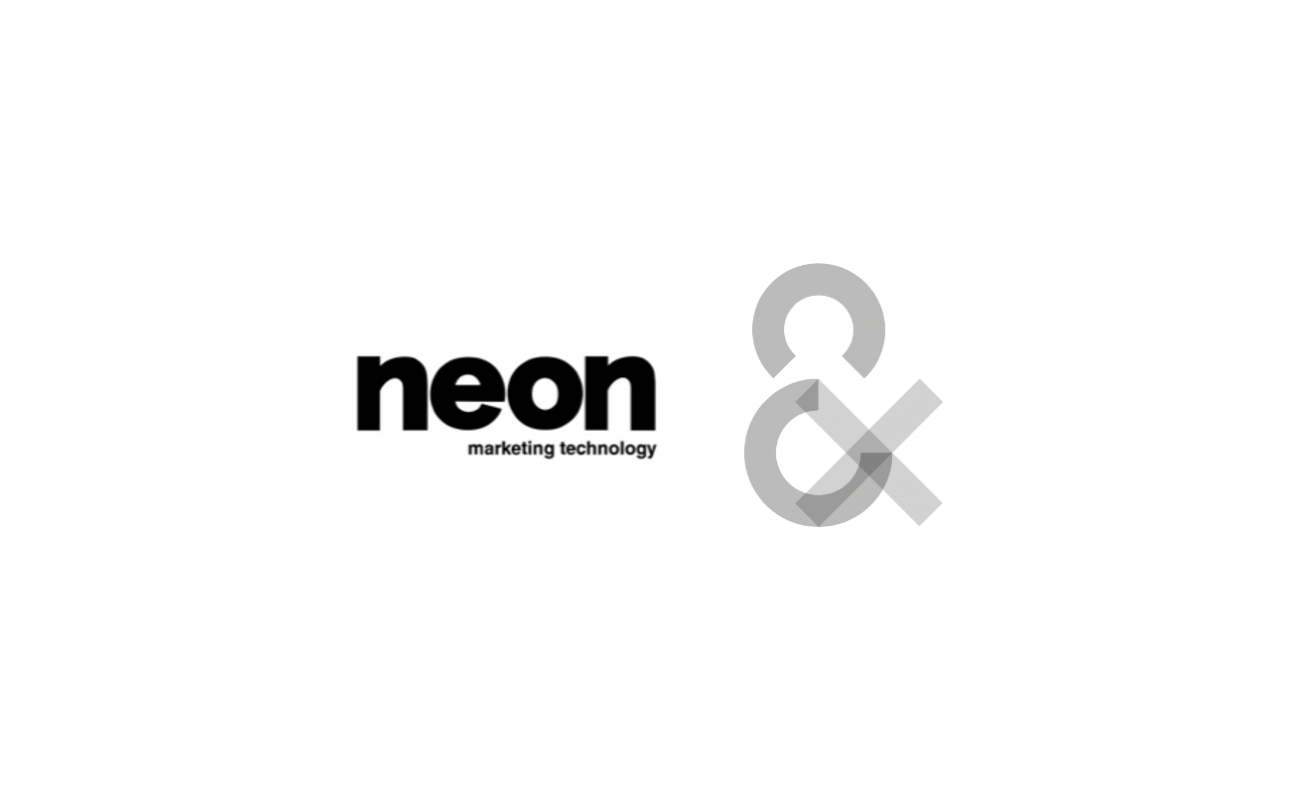TikTok and Twitch: Let’s talk about that
Looking at the gargantuan catalogue of active social media platforms and sites, one might think that a new one pops up out of the blue on a daily basis. In fact, since the launch of Facebook in 2004, we have seen the birth of hundreds (if not thousands) of social media sites. Of course, many we have never even heard of and some have since already disappeared into oblivion. Some of them, however, have seemingly stayed for good. For the first Clout Café, organised by binsfeld and Oxygen & Partners, Misch Strotz from digital marketing agency neon presented new insights on two of those platforms: TikTok and Twitch. Here are the key takeaways.
As mentioned, new social media platforms keep flooding the market. To give you an overview: Facebook (2004), Reddit (2005), YouTube (2005), Twitter (2006), Pinterest (2010), Instagram (2010), Snapchat (2011), Twitch (2011), TikTok (2016), … As agencies, it is our responsibility and our duty to keep up with the trends.
First things first: TikTok and Twitch may very well both be social media platforms, but they could not be any further apart from each other in terms of published content and users. This, by the way, goes for any one of the platforms mentioned above. No platform is alike and the content you publish on each one of them should take into account its specificities.
On TikTok, the average user spends 52 minutes per day looking at content. And while 50% of users are from generation z, 75% also post videos. This is the bread and butter of TikTok: short, snappy videos with a variety of contents (dancing, singing, educational subjects, …). As for Twitch, gen z represents 45% of its total users. Twitch’s main appeal is certainly its chat functionality with its own subculture of memes and jokes. Here, content creators stream videos on different subjects: gaming, sports, music, … Another major difference between these two, as of today: Sponsoring content is not yet possible in Luxembourg on TikTok, while it is on Twitch but only through BENELUX country managers.
During quarantine, we saw many new ‘creators’ popping up, especially on TikTok. This is mainly due to (other than boredom) the fact that it is a so-called “no code tool”. Everybody can use it. And thus, everybody can be a content creator. As of the time of writing, there are over 1 billion active monthly users on TikTok (only trailing behind giants Facebook and its services Messenger, WhatsApp and Instagram, as well as YouTube, and WeChat), of which, as we stated, 75% have also posted a video at some point in time … which of course, is great for the users, but only means one thing for marketing agencies: more content, more competition. This only worsens when we analyse how TikTok works: the longer the users look at a specific video, the more it gets shown to other people. In other words, this means that a simple homemade video with no production costs can become viral over night! While this is every marketing agencies’ biggest nightmare, it is great for the users, because the more content they watch, the more they get shown that type of video. Which may lead to confirmation bias … (but that’s a whole other discussion).
How then do we ensure that marketing companies don’t get put out of business by teenagers and their smartphones? You just need to go … FAR: post frequently, be authentic, and create a relationship with your audience. Other than following these three principles, you must ensure that your content fits into one of the following categories: education, entertainment, emotion. These are the values you create for your audience with your content. You either explain something and give insight on a particular subject, or you entertain by doing or showing something fun, or you trigger an emotional reaction, which is the most powerful but also the most difficult one to achieve. And so, we come to the most important notion of all: value. Don’t limit yourself by or to merely creating ads or videos marketing a product or a service. Your audience will instinctively distinguish between genuine content with value and ads.
This way of content creation means that a one-shot campaign will probably be to no avail, as you cannot build a relationship with just a few videos. In return, this means that an agency has to carefully explain the priorities to the client, who so often tend to agree with Jean Anouilh’s titular character Antigone’s famous quote: “Moi, je veux tout, tout de suite, – et que ce soit entier – ou alors je refuse !”
Last but not last, let us not forget that TikTok, Twitch, as well as the current and upcoming platforms are just that: tools. They allow us to communicate with our audience, but the principles of FAR and 3E remain the same throughout all of them.
Organised by the Clout Collective, the Clout Café is a recurring exchange meeting dealing with various subjects relevant to the activities, markets and clients of the collective’s members. What is its objective? To keep abreast of the latest trends while allowing the network to meet several times a year. The meetings bring together the agency teams and, in time, will also be open to third parties – interested clients and partners, etc.




